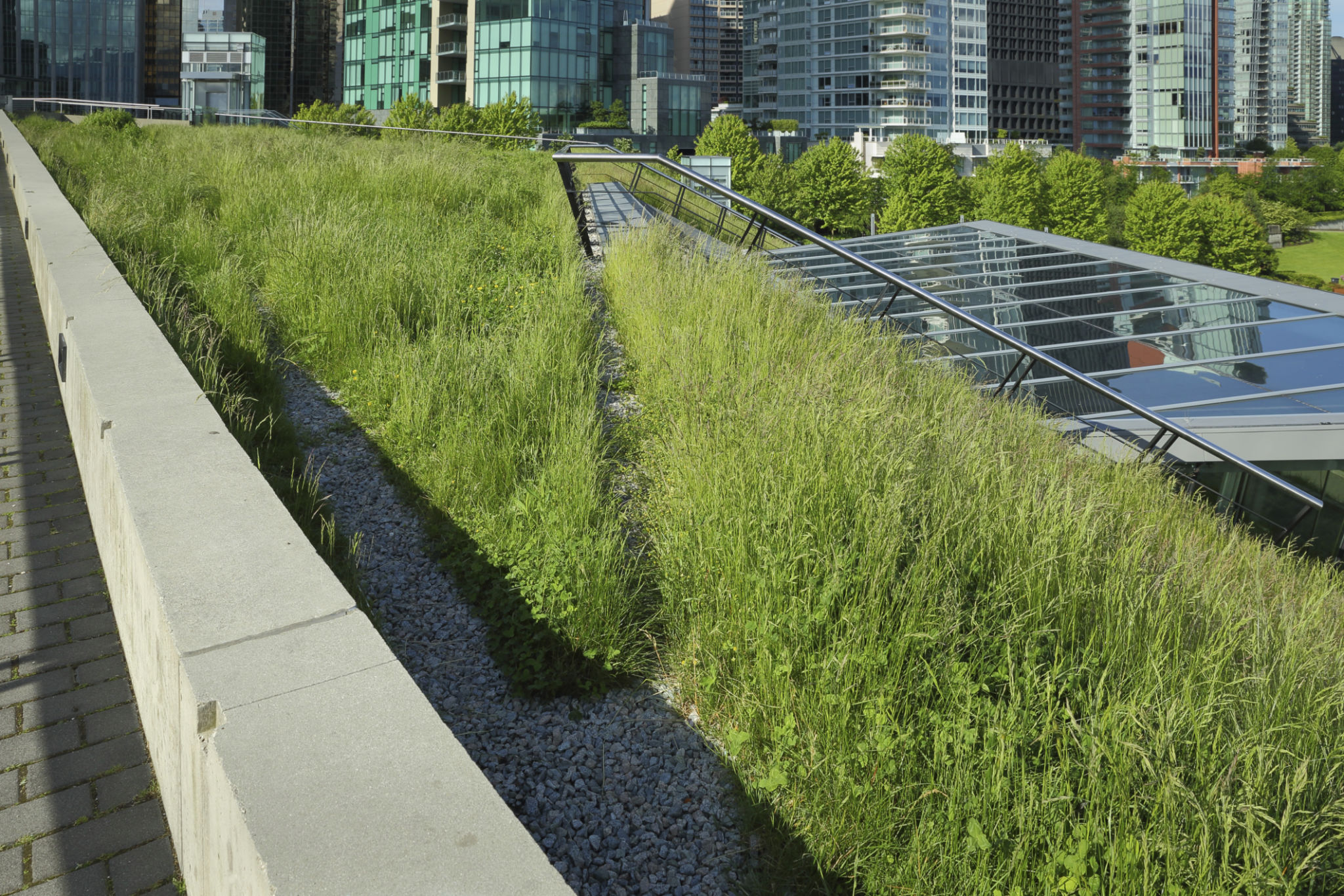Sustainable Architectural Solutions for Urban Living in Lisboa
Embracing Sustainability in Urban Architecture
Lisboa, known for its rich history and stunning architecture, is embracing a new challenge: integrating sustainable architectural solutions into its urban landscape. As cities around the world strive to reduce their carbon footprint, Lisboa is making significant strides in adopting eco-friendly designs and technologies.
Sustainable architecture is not merely a trend but a necessary evolution in response to environmental concerns. This approach focuses on minimizing energy consumption and utilizing resources efficiently while maintaining aesthetic appeal and functionality.

Innovative Materials and Design
One of the primary ways Lisboa is achieving sustainable urban living is through the use of innovative materials. Recycled materials, such as reclaimed wood and recycled steel, are being incorporated into new constructions. These materials not only reduce waste but also lower the carbon emissions associated with production.
Moreover, architects are employing designs that maximize natural light and ventilation, reducing the need for artificial lighting and air conditioning. Features like green roofs and vertical gardens are becoming commonplace, offering natural insulation and reducing the urban heat island effect.

Energy Efficiency and Renewable Resources
Energy efficiency is a cornerstone of sustainable architecture. In Lisboa, buildings are being equipped with solar panels and energy-efficient systems to harness renewable energy sources. This shift not only lowers energy costs but also significantly reduces reliance on fossil fuels.
Advanced insulation techniques and smart home technologies are also playing a critical role. These innovations help monitor and manage energy usage more effectively, ensuring that resources are used optimally without compromising comfort or convenience.

Community-Centric Urban Planning
Sustainable architecture in Lisboa goes beyond individual buildings; it extends to urban planning as a whole. Creating pedestrian-friendly spaces, expanding green areas, and improving public transport infrastructure are all part of this holistic approach.
- Encouraging the use of bicycles and electric vehicles
- Developing extensive public transit networks
- Implementing car-free zones in city centers
These initiatives not only reduce pollution but also enhance the quality of life for residents by fostering a sense of community and promoting healthier lifestyles.
The Role of Policy and Regulation
Government policies and regulations play a crucial role in promoting sustainable architectural solutions. In Lisboa, incentives for green building certifications and tax breaks for eco-friendly projects are driving the adoption of sustainable practices.
Local authorities are also setting stringent building codes that require new constructions to meet specific environmental standards. These regulations ensure that sustainability is prioritized in urban development projects.

A Collaborative Effort for a Greener Future
The transformation towards sustainable urban living in Lisboa is a collaborative effort involving architects, developers, policymakers, and residents. Community engagement and education are essential to fostering a culture that values sustainability.
Workshops, seminars, and community events are being organized to raise awareness about the benefits of sustainable architecture. By encouraging open dialogue and sharing best practices, Lisboa is paving the way for a greener, more resilient future.
